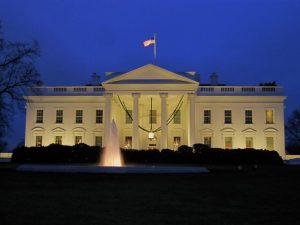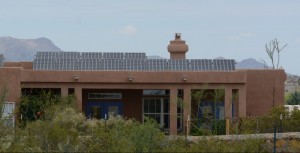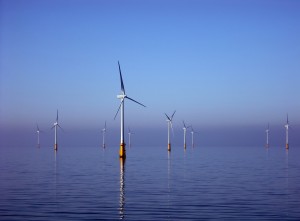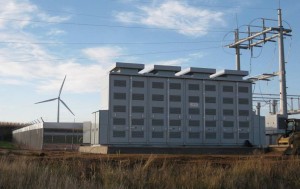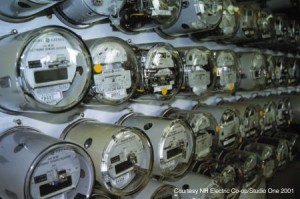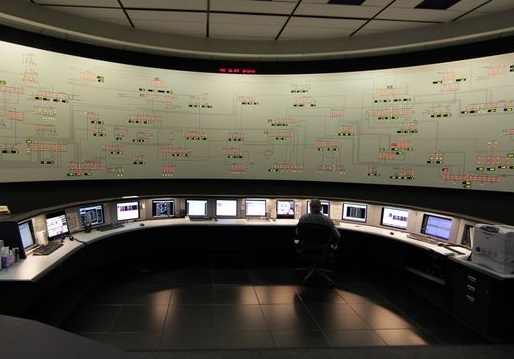8 item(s) were returned.
Associate Professor of Environmental Engineering
Rice University
President-elect Donald Trump has only vaguely defined his plans for energy policy, via his website and campaign statements and tweets. As a result, one can only speculate what changes to expect from Trump energy policies. Nevertheless, a recent report by S&P Global Platts aimed to predict how electricity will be generated under Trump energy policies. The analysis assumed Trump would allow subsidies for renewable energy to continue their scheduled scale down through 2020, and enact no new policies to support wind or solar. This is consistent with recent reporting indicating that Trump does not plan to act against renewable energy… [more]
View InsightPresident
The Stella Group, LTD
Over 20 states are reviewing their net-metering rules for solar energy and at least 10 are conducting value of distributed generation studies. But is this just delaying the inevitable — that states must embrace policies that promote energy conservation technologies rather than sustain their traditional grids? And are solar energy systems the only culprit? In fact, energy conservation technologies have already significantly impacted baseload demand patterns. According to the Department of Energy (DOE), light-emitting diode (LED) installations increased in all applications between 2012 and 2014, more than quadrupling to 215 million units overall. Energy Star notes “In 2014…American families and… [more]
View InsightSolar power generation in the U.S. is on the rise with an added 7.3 gigawatts (GW) of total installed capacity in 2015. Demand for solar is projected to increase as much as 119% in 2016. Some believe that growth in the U.S. solar market is primarily influenced by federal and state subsidies and tax credits, such as the Solar Investment Tax Credit (ITC). The ITC is a 30% federal tax credit for residential and commercial solar projects available through 2019. Until recently, state incentives have also impacted the growing U.S. solar market. Nationwide, states have started rolling back tax credits… [more]
View InsightAccording to The Department of Energy (DOE), the United States has 4,000 GW of offshore wind energy potential, with the strongest winds located off the North Eastern Atlantic Outer Continental Shelf (OCS). There are currently no operational offshore wind farms in the country, but the Bureau of Ocean Energy Management (BOEM) has identified 18 states which are involved in early stage offshore wind projects. High profile offshore projects like Cape Wind have faced stiff opposition over the last decade and the first project to begin construction, Block Island, has only recently done so. Utilities and regulators have raised concerns about… [more]
View InsightThe Energy Storage Promotion and Deployment Act of 2015, recently introduced by Sen. Marin Heinrich (D-NM) and Sen. Angus King (I-ME), seeks to create a National Energy Storage Standard. Similar to a Renewable Portfolio Standard, the storage standard would require electric utilities to meet a percentage of their generation via storage, in this case 1% of peak demand using any energy storage technology by 2021 and 2 percent by 2025. In real terms, utilities would have to add 8 GW of storage by 2021 and 18 GW by 2025. Available technologies range from electric and thermal salt batteries to pumped… [more]
View InsightEconomist
Environmental Defense Fund
Throughout most of the country, residential electricity customers pay the same price for electricity regardless of when it is consumed. Such flat rates mask the fact that true system costs vary over time according to electricity demand. Prices that better reflect the time-varying costs of producing and delivering electricity can lead to a number of economic and environmental gains, such as reduced wholesale prices, increased investment in clean distributed energy resources, and lower overall carbon emissions. Time-variant electricity pricing gives customers greater control over their electricity bills, since they can use electricity when it is cheaper and cut back when… [more]
View InsightSenior Scientist
UFA Ventures, Inc.
Generally, when electricity demand rises in an area, we just fire up some source like a gas plant or a coal plant, or put more water through a hydroelectric dam, to produce more electricity to meet that demand. But what about other users voluntarily shifting their use to compensate for that rise in demand? This concept of Demand Response sounds simple, but until recent technological developments, like a smarter grid and rapid energy communication and control systems, it wasn’t feasible since the response time needed to be in minutes, not hours. Some users can shift their energy usage to different… [more]
View InsightSenior Regulatory Attorney
Environmental Defense Fund
Two seemingly unrelated announcements drew much attention in the electric utility industry recently. First, the Edison Electric Institute and the Natural Resources Defense Council jointly recommended changing how utilities should be regulated. Second, Duke Energy announced it will sell 13 Midwest merchant power plants. These announcements are actually related, and arise because the traditional utility business model is crumbling, due to several factors: Load growth has declined, due to a slowing economy and greater use of renewable energy and energy efficiency. Utilities are no longer able to obtain economies of scale by building ever-larger plants. New regulations have resulted in… [more]
View Insight